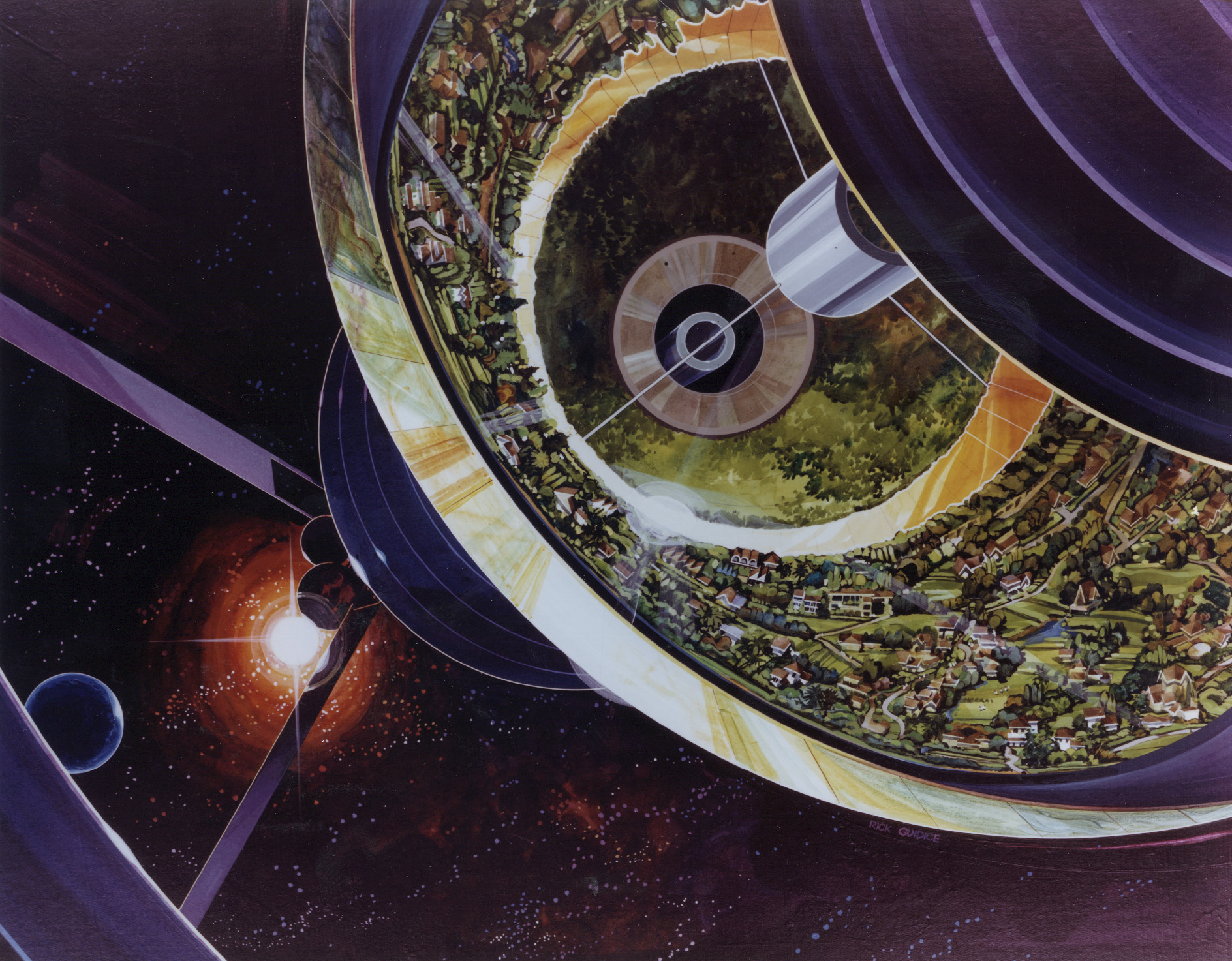As stated in a recent press release, noted space business investor and founder of Space for Humanity, Dylan Taylor has booked a payload on Xplore’s upcoming inaugural flight of its flagship Xcraft to the Moon. Although details of the payload have not been revealed, the mission of the nonprofit company is to expand access to space, train our leaders of tomorrow, and contribute to a culture of interconnectedness as we venture into the stars.









